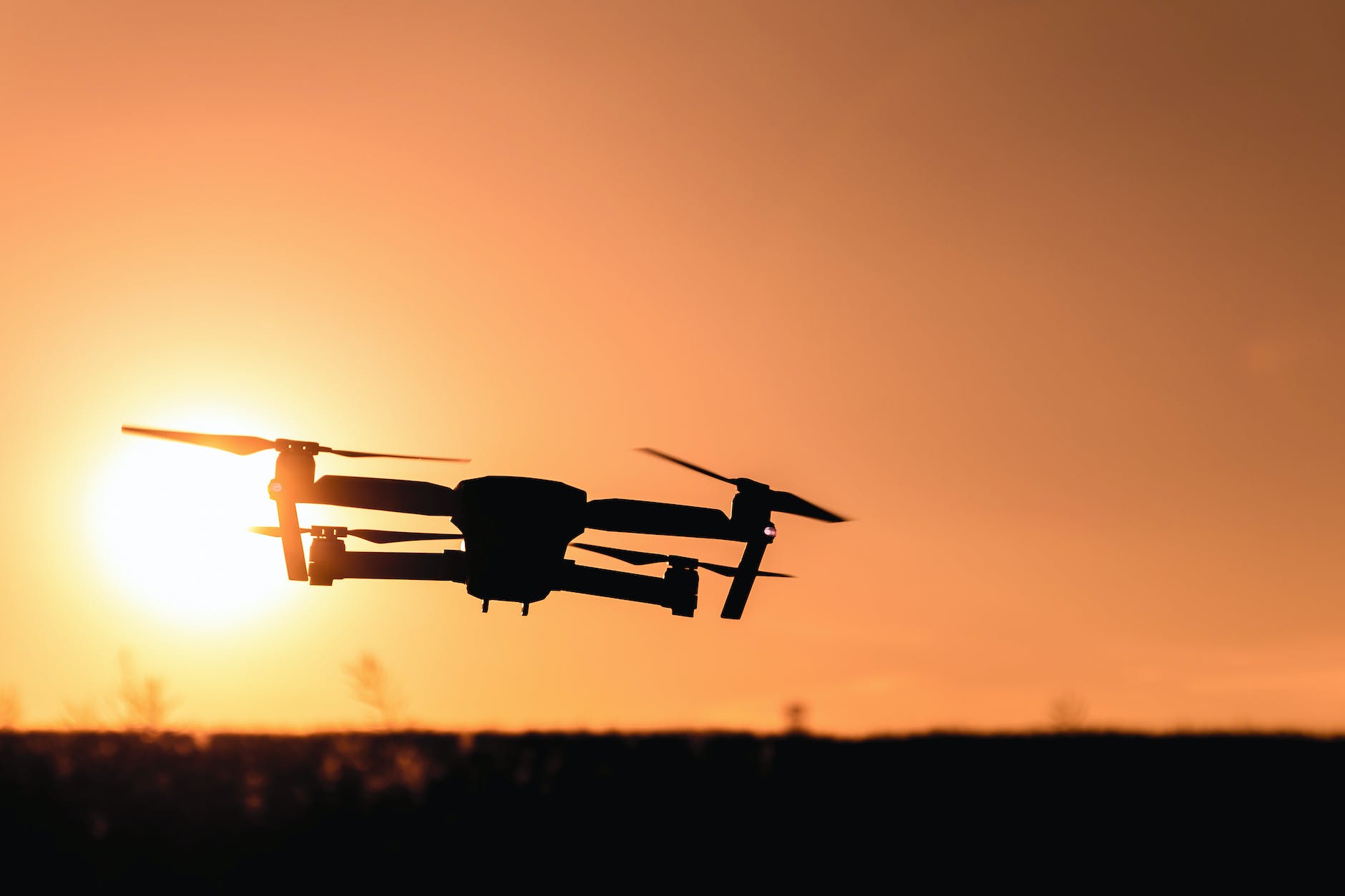Environmental Issues
Drones and robots can help feed the world
According to HSBC Global Research, smart farming tools are being used to make agriculture more sustainable
Outside, drones fly overhead, keeping an unflinching eye on crops and cattle, while driverless tractors plough the fields precisely and robots methodically gather the harvest. Meanwhile, miles away from traditional farmland, machine-controlled vertical farms grow food without soil in giant warehouses.
It’s not a science fiction movie – it’s the future of farming, according to experts at HSBC Global Research.
“The rise of disruptive technologies will be key in 21st Century farming,” says Davey Jose, thematic analyst at HSBC Global Research.
“Technologies such as robotics, connectivity, artificial intelligence and data analysis will automate activity on farms, and increase crop, food and livestock yields while reducing water use, energy and labour.”
Drones are not only useful for taking aerial images or for dropping seeds. They can also be used to spray pesticides far more efficiently than manual spraying. A fleet of drones could cover as much as 500 acres in a single day, compared with just one acre for a person. They are also more accurate and precise, which could cause a reduction of as much as 80% in the amount of pesticide used, depending on the crop, the researchers say.
And that’s just what they can do now. As 5G technology matures, it could take drone use to another level. 5G will not only provide faster and more reliable internet speeds, it also improves connectivity, meaning it will be easier to introduce and control drones in increasingly remote locations.
Alongside drones, the smart farming revolution will bring us:
- Self-driving tractors to improve efficiency and solve labour shortages
- Harvesting robots that use machine learning to identify and pick specific crops in the most accurate and efficient way possible
- Robotic milking systems that can use AI and improve on current mechanical milking
- Controlled environments that support vertical (indoor) farming, which uses methods such as hydroponics or aquaponics to save soil and water while growing food
- And smart farming isn’t just about machines. The use of blockchain makes it simple to trace food production’s sustainability all the way from seeding to selling.
Disruptive technologies are key to delivering smarter and more sustainable farming as the agriculture industry faces up to some of the world’s most urgent challenges.
The UN estimates that the world must increase its food production by more than 60% between now and 2050, or face shortages. If feeding the world wasn’t a big enough challenge, with agriculture-related activities generating 40% of global non-energy greenhouse gas emissions, production has to be more sustainable in the future, too. If not, it’s unlikely the world will meet its net-zero targets.
Of course, the increased adoption of technology doesn’t come without its challenges, especially when it comes to cybersecurity and hacking, the researchers caution. As farmers increasingly make use of the Internet of Things, these threats include data theft, and business sabotage, such as ransomware attacks.
“Protecting against these threats will be key as we embrace new, smarter and more sustainable ways of farming,” says Davey.

















